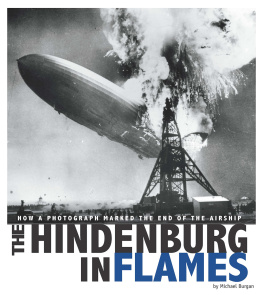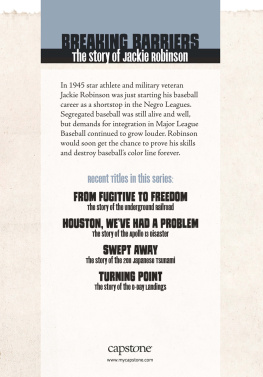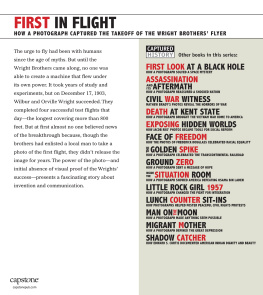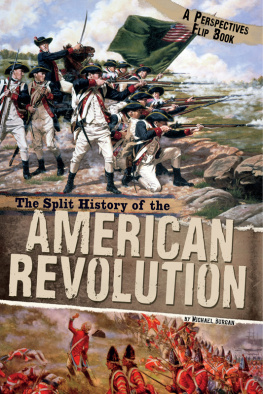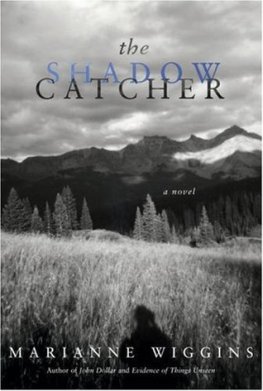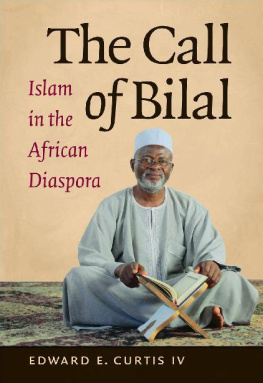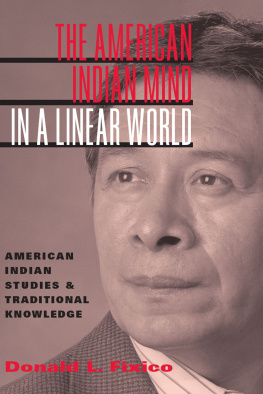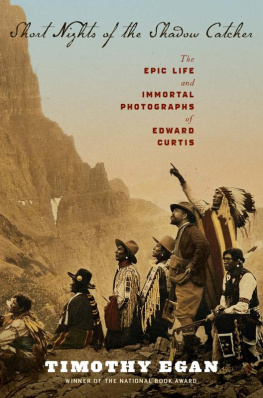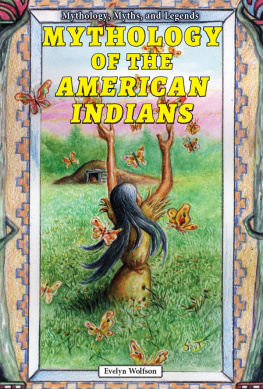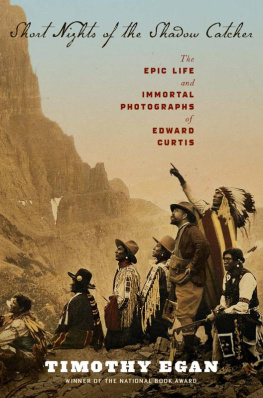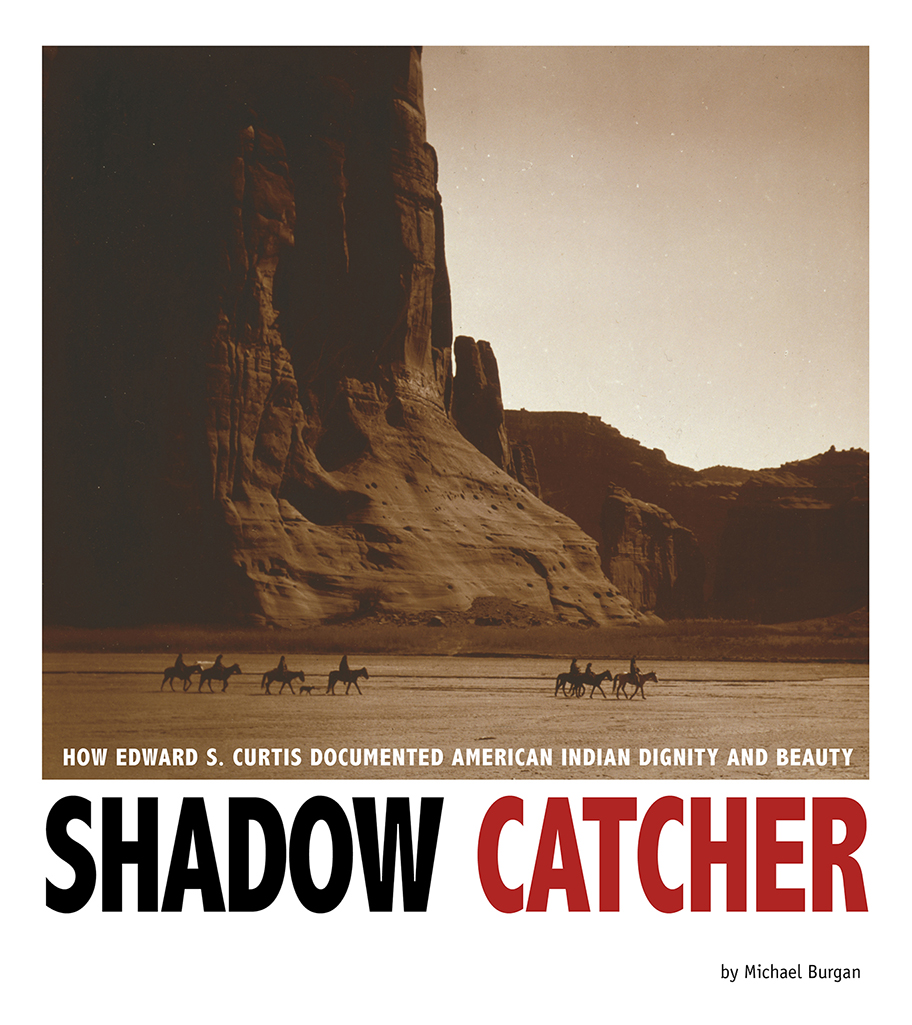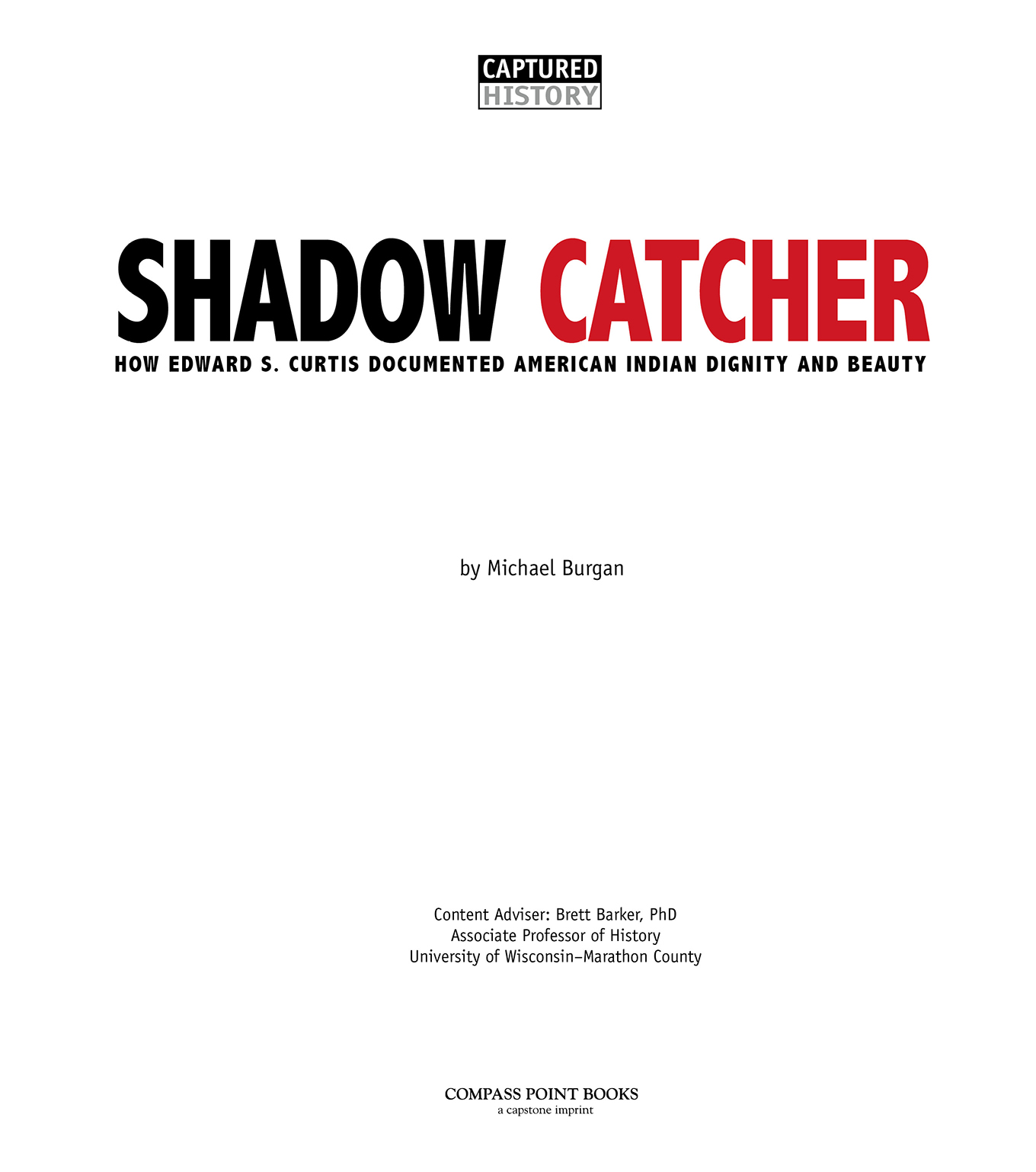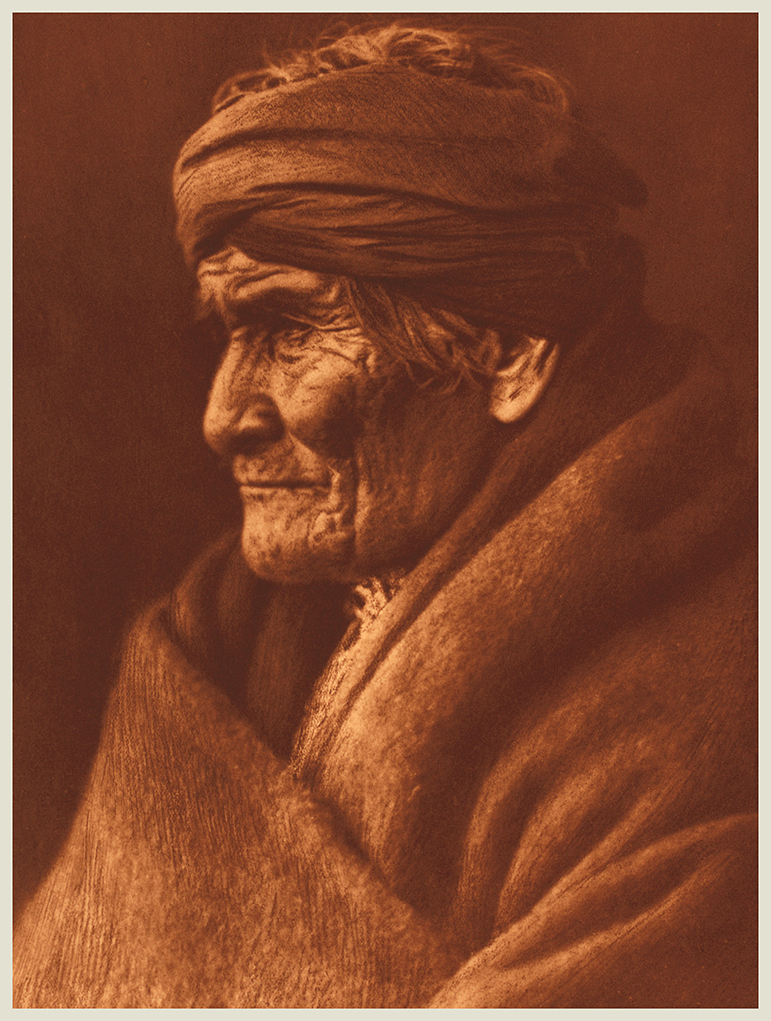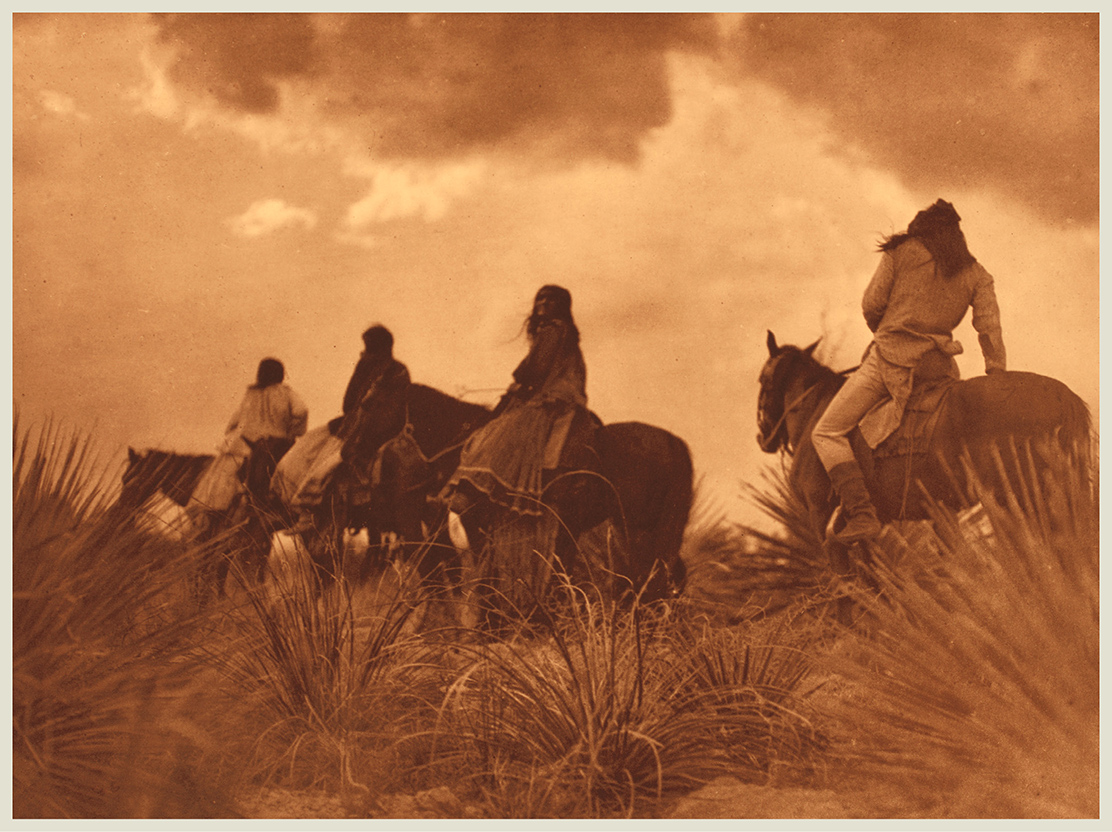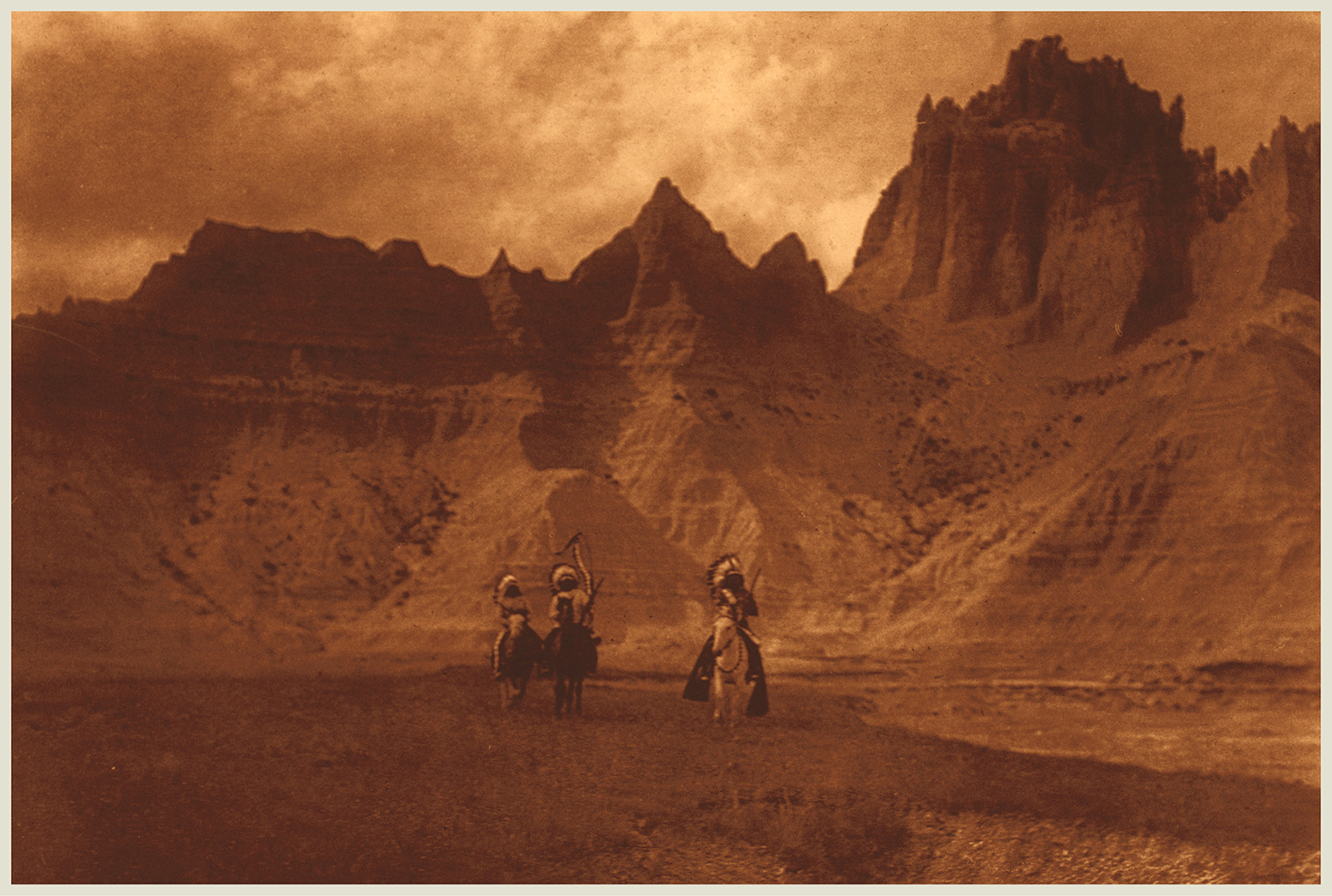Curtis camera captured, as he wrote in 1907, a scene in the high mountains of Apache-land just before the breaking rainstorm.
In the Territory of Arizona, which was not yet a state, an unknown Indian nicknamed Curtis the Shadow Catcher because his photos captured both light and dark so well. Others suggested that the name reflected Curtis ability to see shadows in a persons heart or soul.
The trips into the Southwest were needed to achieve Curtis great goalto record the lives of Indians from the Great Plains to the Pacific, as far north as Alaska. But Curtis wanted to do more than use his considerable photographic skills. He planned to learn about the tribes religions and daily lives, hear their myths, and write down their languages. Using a wax cylinder, he would record the sounds of the Indians words and music. And he used an early movie camera to document even more of American Indian life. No one had ever tried to do what Curtis hoped to doto study so many tribes in such detail.
Curtis wanted to share what he learned in a large set of books he called The North American Indian . He felt great urgency to complete this monumental mission before the traditional ways of Indian culture disappeared forever. When Curtis described his idea to Theodore Roosevelt, the president replied, No man could be doing anything more important.
In the Bad Lands appeared in Volume 3 of Edward Curtis 20-volume work.
Curtis great project would have been bold for anyone to try, but perhaps even more so for someone with his background. Most scholars who studied the countrys Indian tribes had completed years of formal preparation. Curtis education ended after elementary school in Minnesota, where he spent most of his childhood.
But Curtis received a different kind of education while traveling through the states backcountry. During the 1870s his father, Johnson Curtis, was a preacher who traveled by canoe to visit members of his church. He took young Edward with him, and the boy learned how to hunt, camp, and survive in harsh conditions.
Curtis also gave his son something elsea camera lens he had brought home from the Civil War. Following instructions in a photography magazine, Edward built his own simple camera. For most of his life, he would combine his love of the outdoors with his interest in taking pictures.
In 1887 the Curtis family headed west and settled near Seattle. Curtis took a variety of jobs, but photography seemed to have stuck in his mind. Some time around 1890, he bought a camera. His wooden box camera was completely unlike todays digital cameras. Big and bulky and weighing more than 20 pounds (9 kilograms), the camera had to sit on a tripod to keep it steady. Curtis would drape a black cloth over his head when taking a picture, to keep unwanted light from affecting the negative. The camera recorded images on a 14x17-inch (36x43-centimeter) glass plate. Though large and fragile, the glass plates could be used to create photos with great detail. Each photo required a new glass-plate negative. After the images were on the plates, Curtis made prints, creating photos others could seeand buy.
That was Curtis planto use the camera to take pictures of people at a studio in Seattle. The people would pay him for their portraits. First, though, he had to learn something about studio photography. He bought a share of an established studio, and his new partner taught him the craft. Soon he moved to another studio and acquired more skills, while also studying the work of great photographers of the day. Along the way, he had met and married Clara Phillips and started a family.
In just a few years, Curtis became one of Seattles leading photographers. He had a gift for compositionarranging the placement of objects in his pictures. Along with taking studio portraits, Curtis also ventured outside with his camera, though he often used one much smaller than his first big wooden camera. In 1895 he began to photograph some of the Indians who remained in Seattle even as more white settlers flooded in.


